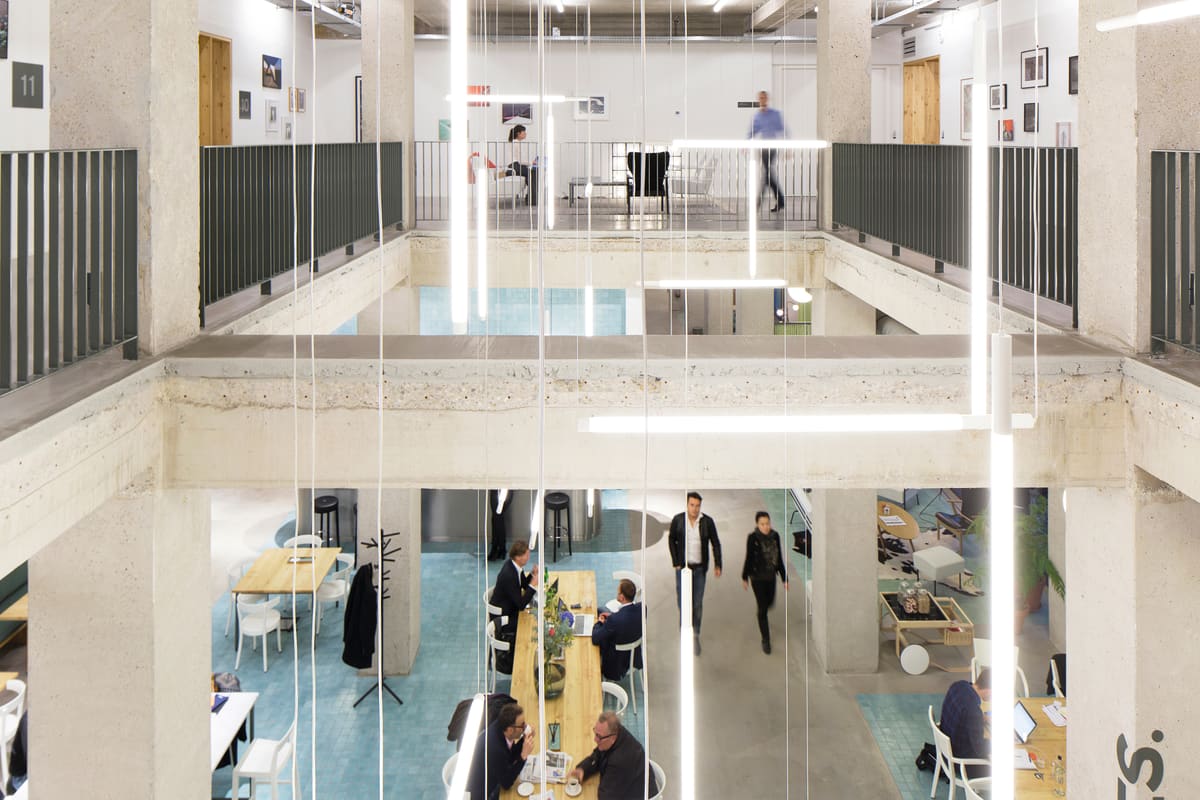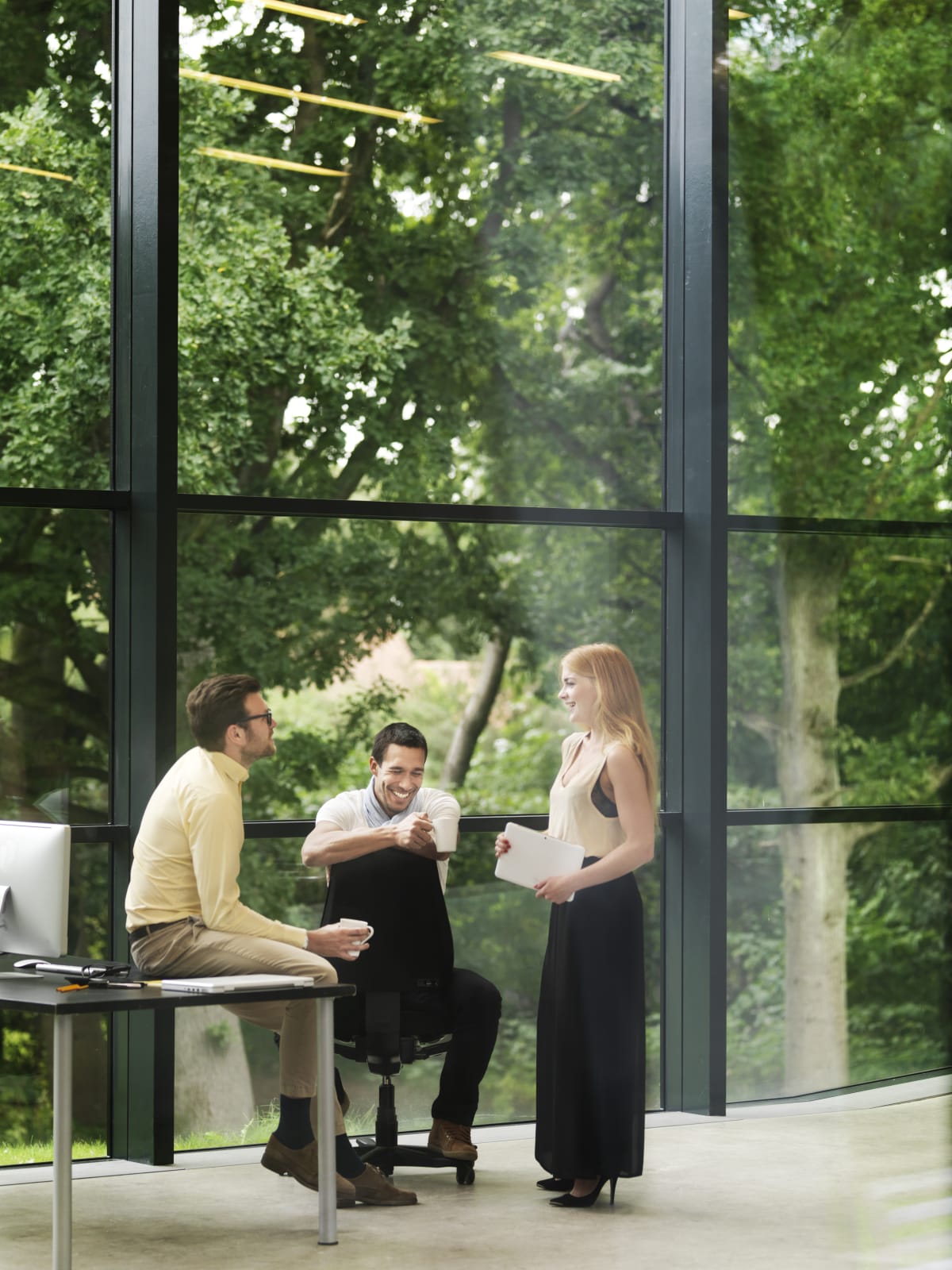As demand for flexible workspaces looks set to grow throughout 2022 and beyond, Scott Schindler, of global real estate giant JLL, says brokers must help companies find a flexspace solution for the new world of hybrid work.
Over the last 20 months, businesses have recognised the benefits of flexible working – not only for staff but for their companies’ productivity and, ultimately, their bottom lines.
At the same time, the office still plays an important role, particularly for collaboration. So while the pandemic appears far from over, firms are looking to a future that combines the best of both worlds.
The answer for many leaders has been the hybrid model, which allows staff to split their time between home, a local coworking space and the office.
In the US, as with elsewhere across the globe, flexible workspaces are helping companies bridge the gap between home and office working.
From San Fran to San Diego
San Diego, especially, has seen a rise in demand for flexspace and commercial real estate in general. According to Scott Schindler, Vice President with JLL's San Diego Tenant Representative Team, this is being fuelled by the city’s growing community of young, tech and science start-ups, many of which have relocated to southern California from the San Francisco Bay Area.
Schindler is a third-generation San Diegan who has worked in real estate for over 10 years, including five years as a real estate attorney before going on to become a broker.
He says lifestyle is one of the key factors attracting firms to the area – known for its sun, sea and sand – along with San Diego’s affordability, especially when compared to the Bay Area.
“You’re actually saving money by moving your company from San Francisco to San Diego,” he explains. “Your employees will be able to afford larger homes and better opportunities for themselves. We’ve also got some really tremendous universities here. UCSD, USD and SDSU are just continuing to grow and the graduate students are the talent that the large companies want.”
Schindler is a “big proponent of helping young companies make smart decisions” and flexspace is a no-brainer for any switched-on start-up – whether home-grown or imported from Silicon Valley. It not only removes the commitment to restrictive (and expensive) long-term leases, but also provides peace of mind, knowing they can move in without having to worry about features such as insurance, security and even furniture.
Hybrid is here to stay
“Why would I advise my clients to sign anything long-term when they have no idea whether their company employees are going to want to come to the office or even be allowed to in the near future?” says Schindler. “There’s still so much uncertainty, which is why being able to sign a month-to-month, six-month to one-year lease is really a beneficial decision for businesses.”
Schindler believes hybrid working is here to stay. It is not only giving employees a better work-life balance – which, in turn, makes them better, more focused and engaged employees – but it enables companies of all sizes across all sectors and industries to really take a look at their current real estate footprints and, not downsize, he says, but “right-size”. Why, he asks, do you need 5,000 square feet if you only have 10 people coming into the office?
“I think hybrid working is a tremendous model not only for early-stage companies that don’t want to sign long-term contracts, but also for the one or two-person office,” Schindler explains. “And it’s a fantastic model for large companies who want to offer flexible workspaces to employees in towns where they don’t already have offices.”
And with more and more flexspace centres opening in areas close to where people live, play and work, Schindler believes San Diego is primed to embrace the 15-Minute City – a sustainable urban planning concept where everything citizens need in life exists within a 15-minute commute from their home without the use of polluting transport.
Schindler claims flexspace is only going to get bigger as a trend, but brokers need to approach it intelligently with a real eye on who their target market is. He admits flexspace is still somewhat of a new area of real estate for the brokerage community. Some brokers that have been in the business for a long time can be a little hesitant because they don’t fully understand the concept, but now as the world of work is changing, it’s time to fully embrace the transition.
Schindler says there have been challenges in San Diego for flexspace companies because the brokers they are working with haven't fully understood their needs. He argues that brokers need to work with and talk to their clients to pinpoint exactly what best suits the demands of their business and their employees to deliver a highly tailored real estate solution.
Brokers must ‘put everything on the table’
The benefits for businesses are clear – from offering collaborative spaces for hybrid workers to meet, to tapping into a wider talent pool, either within the city, state or even internationally. For example, by providing employees with IWG membership, employers are opening up their access to thousands of centres around the world. It is therefore a broker’s role to share what they are seeing in the market.
As Schindler concludes: “Brokers need to help companies explore all the options, whether that’s flexible workspaces, subleasing, going fully remote, or signing a short-term or long-term lease. We need to put everything on the table so that our clients can make an informed decision about all of their workspace options.”
An industry leader for more than 30 years, IWG is helping property brokers find the flexspace solutions their clients need in this new world of work.






